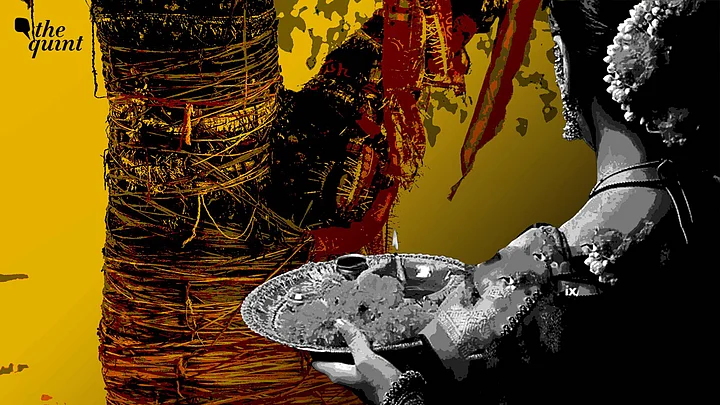Vat Savitri 2024: Vat Savitri is a Hindu festival that is celebrated by women to pray for the long life and well-being of their husbands. The festival is observed in northern and western parts of India on the Amavasya Tithi (new moon day) in the Jyeshtha month. This year, Vat Savitri will be observed on 6 June 2024. The Vat name of Vat Savitri festival comes from the name Savitri, who was a wife with utmost devotion and determination. Savitri was a very loving wife who brought back her husband Satyavan's life.
According to the Hindu calendar, the Vat Savitri Vrat (fast) is kept on the Amavasya of Jyeshtha month. It is the time when wives express their love and gratitude towards the husbands. They also pray for the success of their husbands in all walks of life. One of the most important aspects of Vat Savitri is observance of Vat Savitri fast. During the fast, the Hindu community comes together and celebrate the festival with great enthusiasm.
Vat Savitri 2024: Date, Tithi, and Shubh Muhurat
This year, Vat Savitri will be celebrated on Thursday, 6 June 2024.
Amavasya Tithi Starts: 5 June 2024 at 07:54 pm
Amavasya Tithi Ends: 6 June 2024 at 06:07 pm
Vat Savitri Katha: What is the History Behind This Festival?
According to Hindu Mythology, the history of Vat Savitri is associated with the love of Savitri and her husband Satyavan. Savitri was the daughter of King Ashvapati and she chose Satyavan, a prince living in exile, as her husband. Sage Narada had predicted the early death of Satyavan, and said that he will not live more than a year after marriage. This didn't change Savitri's love and she still chose to marry Satyavan. When the predicted day of death of Satyavan came close, Savitri did everything she could to make sure her husband survived. On the day of his death, Savitri sat down with her husband in the forest, and she waited for the time to come. When Yama, the God of death, came forward to take Satyavan's soul, Savitri fought for her husband's life.
Savitri pleaded and argued for her husband's life in front of Yamaraj, who later agreed to fulfill any three wishes of her, except the wish for the life of Satyavan. Savitri clearly wished to have children with Satyavan. This forced Yama to restore Satyavan's life. In addition, Savitri used the other two wishes to win back her kingdom and the lost eye sight of her father-in-law. Hindu women celebrate Vat Savitri to pray for the long life of their husbands, and commemorate the love, devotion, and determination of Savitri towards her husband.
Vat Savitri Fast Rituals 2024
Following are some of the rituals that Hindu women follow during Vat Savitri.
Wake up early in the morning.
Take a holy bath.
Dress up in new traditional clothes, preferably in the shades of red and yellow, which signifies marital bliss.
Wear jewellery and bangles, which is an indication of married Hindu women.
Keep day long Vat Savitri fast, and refrain from eating and drinking.
Perform Vat puja in the afternoon or evening.
Read the Vat Savitri Katha.
Break the fast.
While keeping Vat Savitri Vrat, Hindu women can drink water and eat fruits, almonds and nuts for energy. They can also consume satvik and nourishing food. After breaking the fast, women can have sweets made from jaggery and sesame seeds. These sweets are generally prepared at home by elders of the family.
Vat Savitri Fast Pooja
Hindu women perform Vat Savitri Pooja as follows.
Gather around Vat or Banyan Tree, which is a symbol of long and healthy life.
Perform worship around the banyan tree.
The banyan tree is covered with red and yellow threads, flowers and red cloth.
Women then go around the banyan tree several times to tie the threads.
Prayers are chanted while performing the thread tying ceremony.
The pooja ends with Vat Savitri Katha, which is the story of Savitri and Satyavan.
(Disclaimer: Parts of this article were generated by AI and published after the content was editorially modified and verified by a human based on their own judgement and expertise. The Quint does not publish AI-generated content without direct human involvement and oversight).
(At The Quint, we question everything. Play an active role in shaping our journalism by becoming a member today.)
